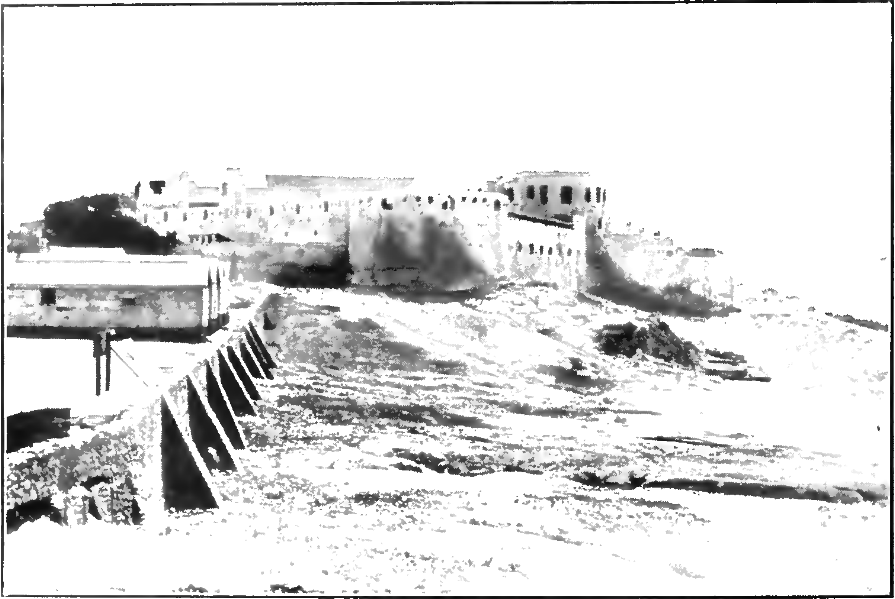<![CDATA[A group of Polish Archaeologists working for the Institute of Archaeology and Ethnology in Poznan have managed to uncover the remains of a 70000 year old African settlement in Northern Sudan. This discovery is believed to completely contradict all theories and previous findings about life in Africa. Researchers state that the present belief was that that permanent structures were associated to the Great Exodus out of Africa and the process of occupying much cooler territories in Asia and Europe. No wonder, the entire world is looking at the developments of this excavation project with utmost interest. The excavation site has been termed as Affad 23. It is currently known to be the only permanent settlement in the entire Nile Valley which shows that homo sapiens had built sizeable permanent structures and successfully adapted to the conditions and temperatures of the wetland environment. The evidence also points to a direction that makes it clear that human development and the process of adaptation to the surrounding environment was much more advanced in Africa during the Middle Palaeolithic era than what was previously believed. According to Dr. Marta Osypinska, the project director of Affad 23, the discoveries made in the project are unique. She further stated that the team came across certain wooden structures last season as well. However, it was only this year that they managed to pinpoint the exact location of this 70000 year old African settlement and also manage to identify a range of utility areas such as a space for cutting animal carcasses and a large flint workshop. The fact that both these utilities were located at a considerable distance from the settlement also showcases the kind of intellect that the people of the era had. Researchers are currently working on the various animal species that were hunted by early humans. According to reports, despite their simple flint tools that were manufactured using the Levallois method, these early humans managed to hunt dangerous animals such as hippos, buffalos and elephants as well as small animals such as monkeys, cane rats and other rodents that lived the wetlands. Dr. Marta Osypinska also stated that the researchers plan to date the exact time period during which the early humans lived in this settlement using optically stimulated luminescence. She states that it is already known that the Middle Palaeolithic settlements in Affad came about during the end of the wet period, as is already indicated by the animals that were hunted and other environmental data. However, what makes it confusing is that these ecological conditions occurred two times in history – once about 25 millennia ago and once about 75 millennia ago. Determining which of these time frames the Affad 23 site belonged to is the most important objective of this project. Piotr Osypinski, a pre-history expert, believes that the answer to this question might even change the way the world looks at history. Scientists from the Oxford Brookes University are working in tandem with the Polish archaeologists in order to analyze the geological history of the surrounding area and determine the environmental conditions that prevailed in the Nile region around the late Pleistocene era. This should help them to identify the factors that allowed the Affad 23 site to preserve itself over the millenniums.]]>
Archaeologists Unearth a 70000 Year Old African Settlement
